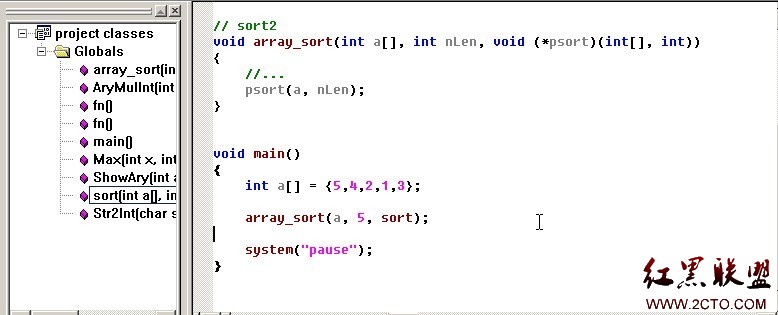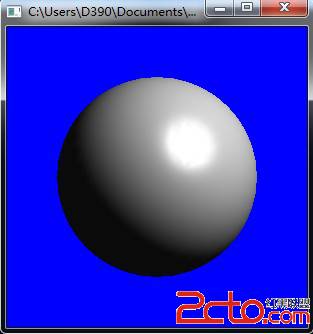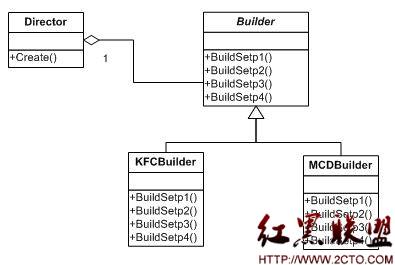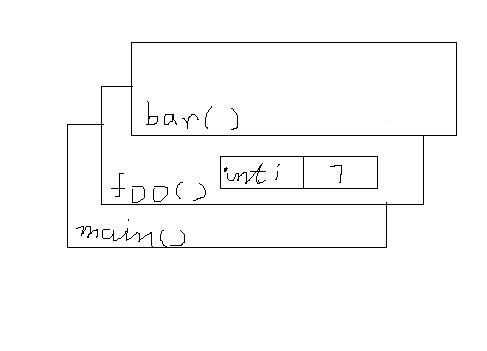C++对象资源管理惯用法
关于 C++ 对象资源管理的惯用法,note-to-self + keynote + idiom case + cross-reference 式笔记
keyword: RAII, deleter, Two-stage Initialization, pimpl, Reference Counting (RC), Copy on Write (COW), Smart Pointer (SP)
目录
C 语言的资源管理方法
RAII
deleter
Two-stage Initialization
pimpl
Reference Counting
Smart Pointer
参考书籍
C 语言的资源管理方法^
见 [CPP LANG] 14.4 Resource Management
e.g. Very Beginning
[cpp]
void copy_file(const char* src, const char* dst)
{
FILE* srcFile = fopen(src, "r");
if (srcFile == NULL)
goto _RET;
FILE* dstFile = fopen(src, "w");
if (dstFile == NULL)
goto _CLOSE_SRC;
// read source file, and transform it's content.
if (HANDLE_FAILED)
goto _CLOSE_DST;
// end processing
_CLOSE_DST:
fclose(dstFile);
_CLOSE_SRC:
fclose(srcFile);
_RET:
return;
}
引出 Resource Management 的基本要求:
离开时释放, Release before returning.
按照资源的申请的相反顺序释放资源, Resources are released in the reverse order of their acquisition.
其它的资源释放手法(不建议):
do-while-break 式:教条地避免使用上述 goto 式的变形
throw-catch 式:throw 内建类型,通常是 int, char*,效率低、代码乱
RAII^
RAII (Resource Acquisition Is Initialization) 资源申请即初始化,是 C++ 资源管理的主流技术和基石
见 [CPP LANG] 14.4.1; [EFFECT CPP] Item 13, 14; wiki: RAII
见 Stack Unwinding 堆栈回退, wiki: Call Stack
注意:
RAII 式类要求其组成部分(基类和成员)也是 RAII 式的,对于那些非 RAII 的部分需要手动管理资源(在析构函数中释放),如:
stdlib 类大多是 RAII 式的,如 iostream, string, STL container
MFC 的某些类是 RAII 式的,如 CWnd, CGdiObject
COM 接口不是 RAII 式的,需手动调用 Release 方法,但可用 CComPtr 等 SP 封装,使其成为 RAII
不要让析构函数抛出异常,见 [CPP LANG] 14.4.7; [EFFECT CPP] Item 8
Sample:
class File: FILE 的浅封装
class ScopedBuf: scoped 型缓冲区类 (Use vector and resize to expand buffer instead.)
deleter^
见 [EFFECT CPP] Item 14; [BOOST TUTORIAL] 3.4.8
deleter 删除器:如果资源不限于内存分配型,则需要用一种灵活的、统一的方法指定资源的释放操作,如 TR1/Boost 的 shared_ptr 的构造函数第二个参数指定 deleter
Sample:
a batch of deleters: 可配置 Check(检查是已释放)和 Zeroed(释放后置零),释放操作包括 delete, delete[], free, Release (COM), CloseHandle, fclose
Two-stage Initialization^
见 Two Stage Construction in C++ versus Initializing Constructors, RAII in C++, Google C++ Style Guide: Doing Work in Constructors 中文翻译
Two-stage Initialization/Construction (abbr. 2-stage init) 两阶段初始化/构造:
stage 1, 调用构造函数,初始化对象本体
stage 2, 调用对象的 init 方法,初始化对象涉及的资源,这里的 init 是形式名,例如 fstream::open, auto_ptr::reset, CWnd::Create 是 init 的具现名。CWnd::Create 的 2-stage 是强制的(MFC 风格),而 fstream 和 auto_ptr 可用 init,也可用构造函数
Why 2-stage init? 或者说它能带来什么好处:
可复用对象本体
对象数组初始化。因为没有语法指定初始化数组时,每个单元该如何构造(POD 例外,可用 {} 初始化每个单元),只能统一地用默认构造函数初始化,然后对每个单元调用 init 初始化
替代方法:用放置式 placement new + 构造函数代替 init,std::allocator::construct 使用这种手法,更多 placement new 见 [EFFECT CPP] Item 52; [MEFFECT CPP] Item 8
如何说明对象初始化后的状态,如报告初始化过程的错误:
init 方法可用返回值表示。Google C++ Style 倾向使用这种方法:构造函数 (init stage 1) 只做简单初始化,称为 trivial init。真正有意义的 non-trivial init 在 init 方法中进行。这是因为 Google C++ Style 不建议使用异常系统
构造函数通常用抛出异常的方法。我一般用这种方法,而不用 2-stage init,我觉得 2-stage init fucked RAII。当然,当初始化错误的预期较高,并且是效率敏感处的大量对象初始化时,2-stage init 是优选
设置对象内的状态描述变量,适用于构造函数和 init。不建议用设置对象状态变量的方法 3,除非对象本身有较强的 state-driven 特点
More about 2-stage init:
public init vs. private init
只有 public init 是为了 2-stage init 的目的,而 private init 是另外一个东西,它多半是为了将多个重载的构造函数之公共部分抽成一个 init 函数以减少代码
init vs. re-init
当用户使用 init 时,其实际的语义是 re-init 吗?即执行过程:
先判断对象是否已分配资源,如果是,则需释放
申请新的资源 www.zzzyk.com
于是:RAII 让资源管理变简单,而使用 2-stage init 又让事情变复杂
init vs. ctor
考虑两种方法的效率 (pseudocode):
使用构造函数:
[cpp]
// d 是 for 的 scoped 型对象, 下面情况都会销毁 d
// 1. 条件退出 2. break 退出
// 3. 每次迭代结束 4. continue 结束本次迭代
for (int i = 0; i < NUM; i++) {
Data d(dataFile);
d.process();
}
使用 init:
[cpp]
// 设 init 是 re-init 式的
Data d;
for (int i = 0; i < NUM; i++) {
d.init(dataFile);
d.process();
}
init 赚不了什么便宜,而使用构造函数的版本可籍由 拖延构造对象手法 获利,见 [EFFECT CPP] Item 26
pimpl^
见 [EFFECT CPP] Item 14, 25, 29, 31
pimpl (Pointer to Implementation) 实质是实现 (Implementation) 和封装 (Wrapper) 分离,Bjarne 习惯把 Implementation 叫做 表示 (Representation)
注意:
开销:
空间开销变小:只有 pimpl 指针
时间开销变大:多了解引操作
施行拷贝 (assgin, copy ctor) 的方式:
Shallow Copy 浅拷贝:仅拷贝 pimpl 指针,例如标准 SP:auto_ptr, share_ptr
深拷贝使 wrapper 具有值语义 (Value Semantics),又拷贝语义
Deep Copy 深拷贝:拷贝 pimpl 所指物
浅拷贝使 wrapper 具有引用语义 (Reference Semantics),如果想使浅拷贝具有值语义,可用 RC + COW (Copy on Write) 写时复制手法
Reference Counting^
见 [EFFECT CPP] Item 13, 14; [MEFFECT CPP] Item 17, 29
Reference Counting (RC) 引用计数
一般不用从零写 RC 类,只要类中包含 RC 的组成部分即可,如利用 share_ptr 成员
Sample:
class Person: RC + COW 简单示例
class String: 改自 [CPP LANG] 11.12 A String Class
技术:pimpl, RC, COW, Proxy class。Proxy class 用以区分 operator[] 的读写语义:R-value Usage vs. L-value Usage,见 [MEFFECT CPP] Item 17, 30
功能:值语义的 string 类示例,没有模板化之 CharType、CharTraits 和 Allocator
Bjarne: That done, we can throw away our exercises and use the standard library string. (Ch.20)
Smart Pointer^
见 [CPP LANG] 11.10 Dereferencing, 14.4.2 auto_ptr; [EFFECT CPP] Item 13, 14, 15, 17, 18; [MEFFECT CPP] Item 28; [BOOST TUTORIAL] 3.1~3.7
Smart Pointer (SP) 智能指针是一种 Delegation of Raw Pointer 机制,技术上等于:RAII + pimpl + Ownership Semantics 所有权语义
常用 SP 助记(来自 stdlib/Boost/TR1):
_ptr vs. _array 后缀
ptr 型托管单体对象 (new),array 型托管对象数组 (new[])
array 型有 [] 操作(不检查下标范围),没有 *, -> 操作
array 型可用 vector 或 ptr 型 + vector 代替
scoped 型
所有权:Monopolize 独占,又 Noncopyable
注意:不能用于值语义之 STL 容器的元素
auto 型
所有权:Transfer 转移,又 Distructive Copy 破坏性拷贝
注意:不能用于值语义之 STL 容器的元素
shared 型
所有权:Share 共享,又 RCSP (Reference-Counting
补充:软件开发 , C++ ,




